Raffaella Conversano, University of Bari, Italy
Functional Narration, central to my pedagogical theory, emphasizes using Artificial Intelligence as a facilitator of knowledge, promoting personal autonomy in fields like nutrition tailored to pathologies, cultural identities, and more. Guided by intentionality, I led the creatio [....] » Read More


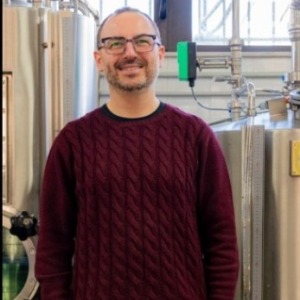








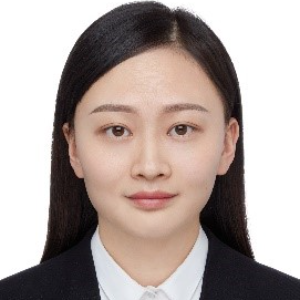



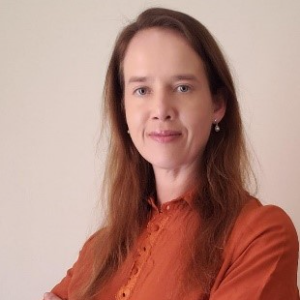



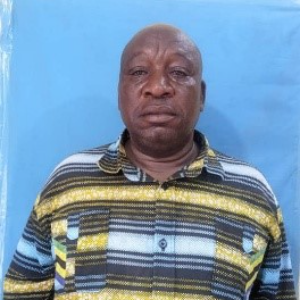














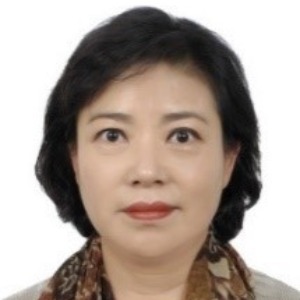














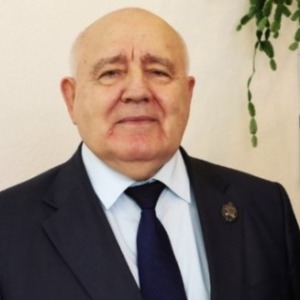
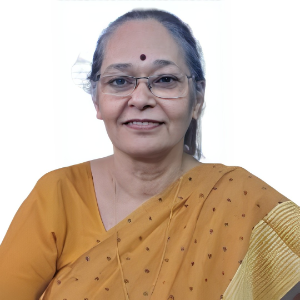






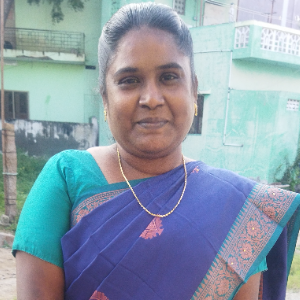



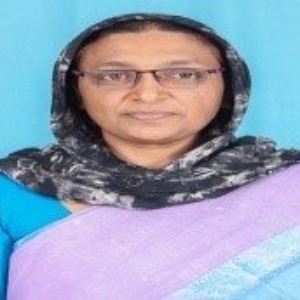
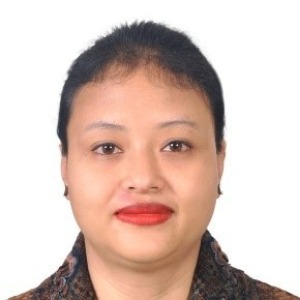
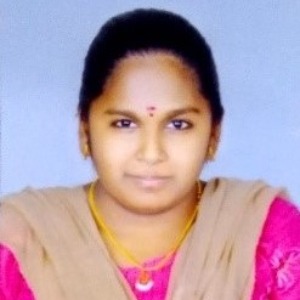







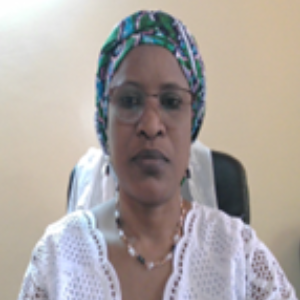




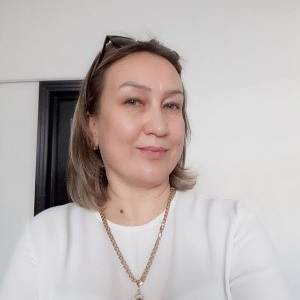



Title : Predicting Salmonella inactivation in water from bubble sparkling cold plasma treatment
Kasiviswanathan Muthukumarappan, South Dakota State University, United States
Microbial contamination in food and water poses significant health risks, and conventional treatments have limitations. Cold Plasma technology offers a non-thermal alternative, generating reactive oxygen and nitrogen species (RONS) like ozone, nitrate, nitrite, and hydrogen perox [....] » Read More
Title : Liquid-liquid phase separation in hetero protein systems: Specificity and recent advances
Said Bouhallab, INRAE, France
Liquid-liquid phase separation (LLPS) is a captivating phenomenon in which a uniform component mixture spontaneously divides into two liquid phases, a component-rich phase (complex coacervates) in equilibrium with a component poor phase. It is prevalent in soft matter and highly [....] » Read More
Title : Bioactive compounds and stability of fiber and protein enriched salted snacks by olive paste and brewer’s spent grain
Ombretta Marconi, University of Perugia, Italy
This research project aims to formulate functional snacks through the upcycling of by-products from two production chains: the brewing and the olive oil production chains. The salted snacks were formulated by partially substituting wheat flour with brewers’ spent grains (BS [....] » Read More
Title : Descriptive sensory analysis of Plant-Based Meat Alternatives (PBMA) made from diverse Texturised Vegetable Proteins (TVP)
Adam Douch, University of Adelaide, United Kingdom
There is a growing need to diversify the use of plant proteins in plant-based meat alternative (PBMA) foods due to the current sources delivering undesirable sensory properties. In this study, we aimed to compare the sensory profiles of a range of PBMA burgers using descriptiv [....] » Read More
Title : Investigating the effects of superchilling storage on the microstructure of beef meat
Anjelina William Mwakosya, INRAE, FRISE, France
Superchilling offers a promising approach to extending the shelf life of fresh products beyond conventional chilling, without the adverse effects associated with freezing. The final quality of the product is primarily determined by the ice volume fraction and the properties of ic [....] » Read More
Title : Optimized extraction and purification of proteins from three insect flours for food industry applications
Pedro Daniel Ribeiro da Silva Moleiro, University of Aveiro, Portugal
Aim: The increasing global population has intensified the demand for sustainable protein sources. Insects are promising candidates due to their high protein content, nutrient richness, low environmental impact, and cost-effective production compared to traditional sources li [....] » Read More
Title : Studies on biofilm growth and total polyphenolic content of fermented beverages
Joanna Orzel, University of Silesia, Poland
Fruit vinegar and kombucha are two types of fermented drinks known worldwide. They are produced by the selected types of microorganisms from fruits or infusions. Thus, these beverages are recognized as beneficial for our health due to the microorganisms and polyphenols they conta [....] » Read More
Title : Project EQVEGAN offers innovative trainings for food industry to strengthen competitiveness on the food market
Zbigniew Stanislaw Krejpcio, Poznan University of Life Sciences, Poland
Over the past decade, the food industry worldwide has experienced profound transformations, driven by urgent issues such as sustainability, health concerns, and a widening skills gap in the job market. One of the most remarkable changes has been the rapid technological advancemen [....] » Read More
Title : Artichoke; Its composition, health benefits, processing as food and sustainability
Melike Sakin Yilmazer, Izmir Katip Celebi Universitesi, Turkey
This paper aims to present a comprehensive literature review on the composition, utilization and health effects of artichoke (Cynara scolymus L.), a plant native to the Mediterranean Basin. Artichoke is a plant of high economic value worldwide. Egypt, Italy and Spain are among th [....] » Read More
Title : Clean water and its impact on food health and safety
Meltem Yilmazlar, Anitek LLC, Turkey
The neglect of the use of clean water in food businesses has a very important effect on the delivery of healthy, safe and abundant food to people all over the world. Our studies show that the water used to wash fresh fruits and vegetables produced every year transmits infectious [....] » Read More
Title : Extraction and characterization of cellulose nanocrystals from hemp (Cannabis sativa L.) for pickering emulsion stabilisation
Latife Cagla Coklar, Ondokuz Mayis University, Turkey
Pickering emulsions, which are stabilized by solid particles instead of conventional surfactants, have attracted considerable attention due to their advantages including low toxicity, environmental compatibility, and ease of recovery. Among natural stabilizers, cellulose nanocrys [....] » Read More
Title : Challenges in sugar production - Food safety management systems
Biljana Bogdanovic, Sunoko, Serbia
Sugar industry is one of the largest among the food industry. One plant processes around 8,000 tons of sugar beet daily and produces 1,150 tons of sugar. It can be said that sugar is a strategic product of Serbia. Through this book the products of the sugar industry will be intro [....] » Read More
Title : Potential of yeast Candida spp. and Pichia spp. to adhere to stainless steel surfaces under various growth conditions and their control
Ruzica Tomicic, University of Novi Sad, Serbia
Yeast adhesion followed by biofilm formation on the surface of materials commonly used in food processing, such as stainless steel, has attracted much attention because these surfaces can become a potential source of contamination that may seriously affect food safety and quality [....] » Read More
Title : Antagonistic and synergistic effect of the probiotic yeast saccharomyces boulardii on the adhesion of Candida glabrata
Zorica Tomicic, University of Novi Sad, Serbia
Growing resistance of pathogenic yeast Candida glabrata to many classes of antifungal drugs has stimulated efforts to discover new agents to combat a rising number of invasive C. glabrata infections. One promising strategy is the use of probiotic microorganisms, Sa [....] » Read More
Title : Improving gelling properties of tofu: Study on apna aspartic protease enzyme impact on the resulting chemical and microstructure properties
Fatma Ali, Tianjin University of Science and Technology, China
This study investigated the prospective effect of ApnA enzyme under different concentrations (µL/100 mL soymilk) compared to chemical (pH, MgCl2, and K-carrageenan, respectively) as tofu coagulants. The resultant tofu samples were analyzed for compositional analysis, t [....] » Read More
Title : The role of food and science technology in diet regulations as it affects public health and genetically modified products
Shao Hong Bo, Academia Publishing, China
This paper explores the role of food science and technology in shaping diet regulations and its implications for public health, with concentration on genetically modified (GM) products. The introduction of genetically modified foods has sparked debates regarding their impact on [....] » Read More
Title : Unlocking the potential of honey production an untapped sector of beekeeping industry in South Sudan
Kut Aluong Joseph, Dr John Garang University of Science and Technology, Sudan
Beekeeping has been promoted worldwide as a major rural development engine with the bee products; honey, beeswax, propolis, pollen bee venom, and royal jelly being of high socioeconomic value. South Sudan has a conducive environment for honey production owing to its vast forest r [....] » Read More
Title : Trace metals bioaccumulation in oysters (Crassostrea gasar) from Fresco Lagoon (Côte d'Ivoire, West Africa)
Adama Diarrassouba Tuo, Oceanological Research Centre of Abidjan, Cote d'Ivoire
For the human risk assessment associeted with a highly consummed oyster (Crassostrea gasar), the concentrations of seven trace metals (Pb, Cd, Ni, Cr, Co, Fe and Zn) were measured using an Atomic Absorption Spectrometer. Average values of physicochemical parameters were as follow [....] » Read More
Title : Effect of continuous/discontinuous vacuum distillation during fermentation on the volatiles and sensory profiles of unfiltered and unpasteurized Low Alcoholic Beers (LAB)
Vincenzo Alfeo, University of Perugia, Italy
Low-alcoholic beer (LAB) and Non-alcoholic beer (NAB) have gained market share and show increasing sales. A pilot scale under-vacuum fermenter/distiller was used to produce unfiltered and unpasteurized LAB, with a high-temperature fermenting yeast to allow under-vacuum alcohol di [....] » Read More
Title : Whey from waste to a valuable technological resource based on the polish market
Ewa Czarniecka Skubina, Warsaw University of Life Sciences, Poland
Whey is a liquid by-product formed in the natural fermentation during the manufacture of cheese, casein, or similar products by separating from the curd after coagulating milk and/or products obtained from milk. Over the last two decades, whey production in Poland has doubled, wh [....] » Read More
Title : Fatty acid profile of butter derived from different locations in Poland
Jaroslawa Rutkowska, Warsaw University of Life Sciences, Poland
Milk fat is the most complex of all edible fats, containing many fatty acids (FAs), from C2 to C28, including even- and odd-numbered, saturated, monounsaturated and polyunsaturated, cis and trans, linear, and branched. Many exhibit biological and physiological properties and are [....] » Read More
Title : Evaluation of antidiabetic potential of macrofungi extracts from Hericium erinaceus, Ganoderma lucidum, Coprinus Comatus by in vitro assay
Zbigniew Stanislaw Krejpcio, Poznan University of Life Sciences, Poland
Mushrooms produce plethora of bioactive molecules with health-promoting and therapeutic properties. Among a number of specious of mushrooms, particular attention has been focused on Hericium erinaceus (HE), Ganoderma lucidum (GL) and Coprinus comatus (CC). The fruiting bodies of [....] » Read More
Title : Evaluation of the Plant-Based Processing training (PBP) as part of the EQVEGAN project
Halina Staniek, Poznan University of Life Sciences, Poland
In recent years, the number of consumers interested in food produced from plant-based raw materials has been growing. More and more people are paying attention to what they eat and how it affects our world. As a result, the number of vegans, vegetarians and people reducing their [....] » Read More
Title : The effect of Cr(III) supplementation combined with diversified Zn content in the diet on the iron status in Wistar rats
Halina Staniek, Poznan University of Life Sciences, Poland
Zinc dyshomeostasis is a common phenomenon that is observed in individuals, especially in diabetic patients. Trace elements like Cr(III) Zn and Fe regulate the body’s insulin sensitivity and play an important role in maintaining blood glucose homeostasis, lipid metabolism, [....] » Read More
Title : Recovery of high-value compounds from orange peel extract (Citrus sinensis) filtration using surface modified membranes
Marcelo Fernandes Vieira, State University of Maringa, Brazil
The production of orange juice generates significant amounts of by-products, particularly orange peel and pulp residues, which are rich in bioactive compounds such as polyphenols. These compounds possess high antioxidant activity and can serve as natural preservatives in food pro [....] » Read More
Title : Laccase immobilization on natural zeolites and commercial supports: Production and application in fixed-bed column
Marcelo Fernandes Vieira, State University of Maringa, Brazil
The enzyme laccase has been widely explored in the food industry due to its ability to catalyze oxidation reactions without the need for additional cofactors, using only molecular oxygen. Its use is promising in the removal of undesirable phenolic compounds in juices and wines, r [....] » Read More
Title : Analysis of isoflavone content in processed soybean products
Kyeong Eun Moon, Gyeonggi Province Institute of Health and Environment, Korea, Republic of
Isoflavones, a class of phytoestrogens predominantly found in soybeans, have been widely studied for their potential health benefits, including antioxidant, anti-inflammatory, and estrogen-like activities. As interest in functional foods continues to grow, understanding the distr [....] » Read More
Title : Xylaria karsticola NBIMCC 9097: Insights into controlled in vitro cultivation and the synthesis of antimicrobial bioactive metabolites
Galena Angelova, University of Food Technologies, Bulgaria
Xylaria karsticola was isolated from the basidiocarp of Macrolepiota procera (Basidiomycota), from Stara Planina Mountain, Bulgaria and it was the second report for such species found in Europe. The isolate was deposited in the GenBank database under accession number MW996752 and [....] » Read More
Title : Molecular identification, mycelial growth kinetics and antimicrobial potential of newly isolated medicinal mushroom Inonotus hispidus from Bulgaria
Petya Stefanova, University of Food Technologies, Bulgaria
Inonotus hispidus is a well-known edible and medicinal mushroom known for its nutritional and therapeutic properties. Because of its enormous biosynthetic potential, over the past 5 years this basidiomycete fungus has attracted the attention of the scientific community. The prese [....] » Read More